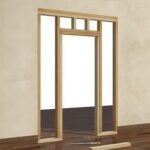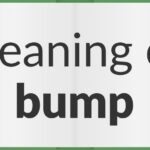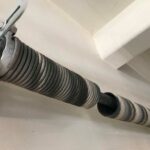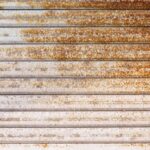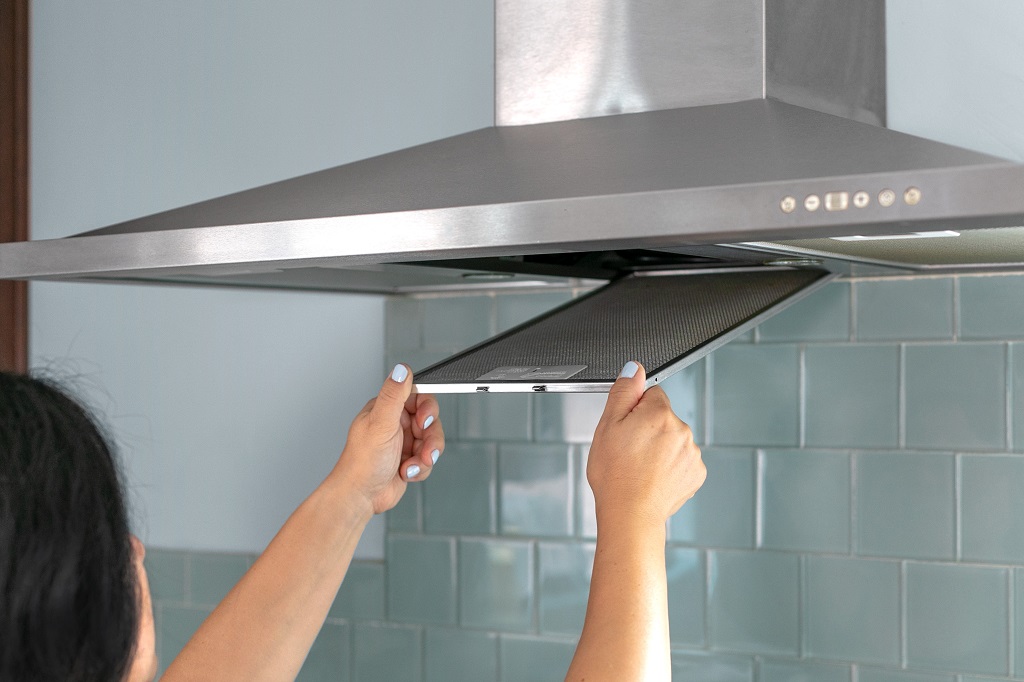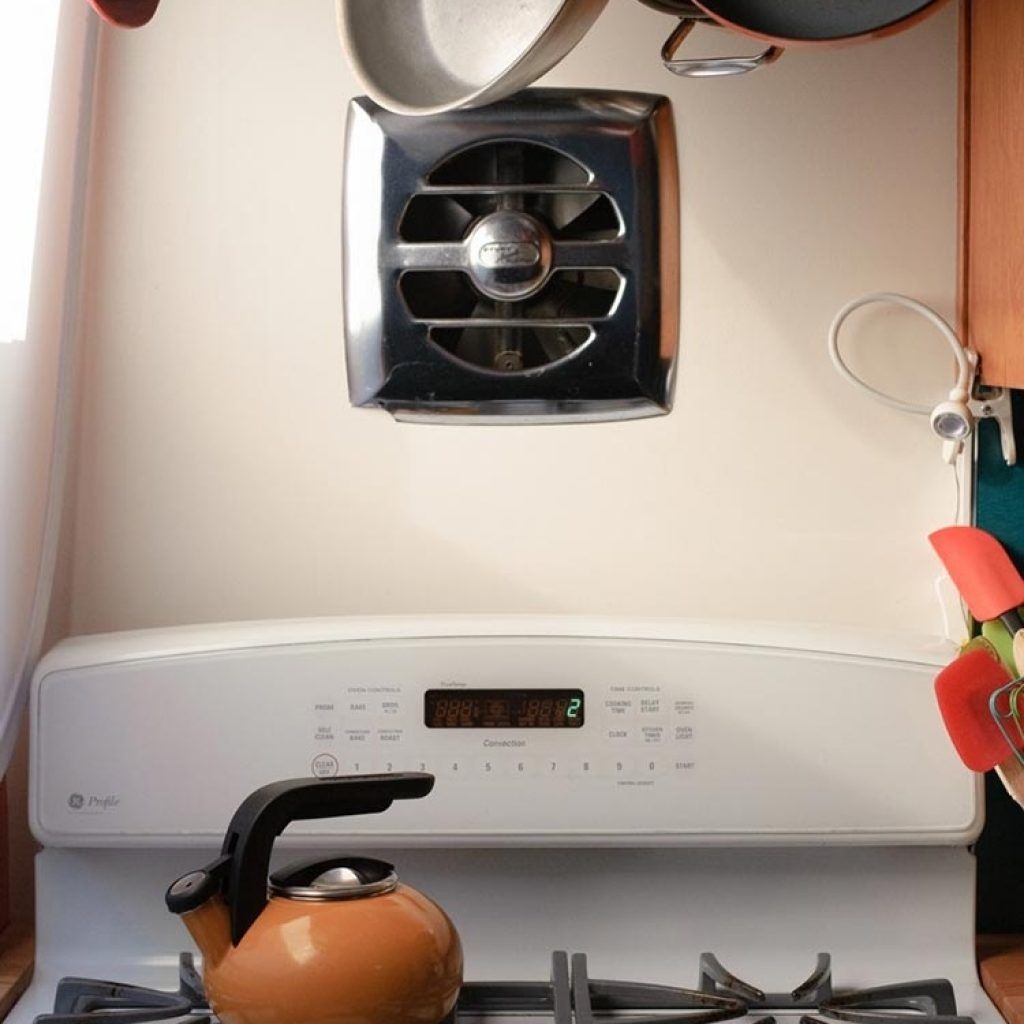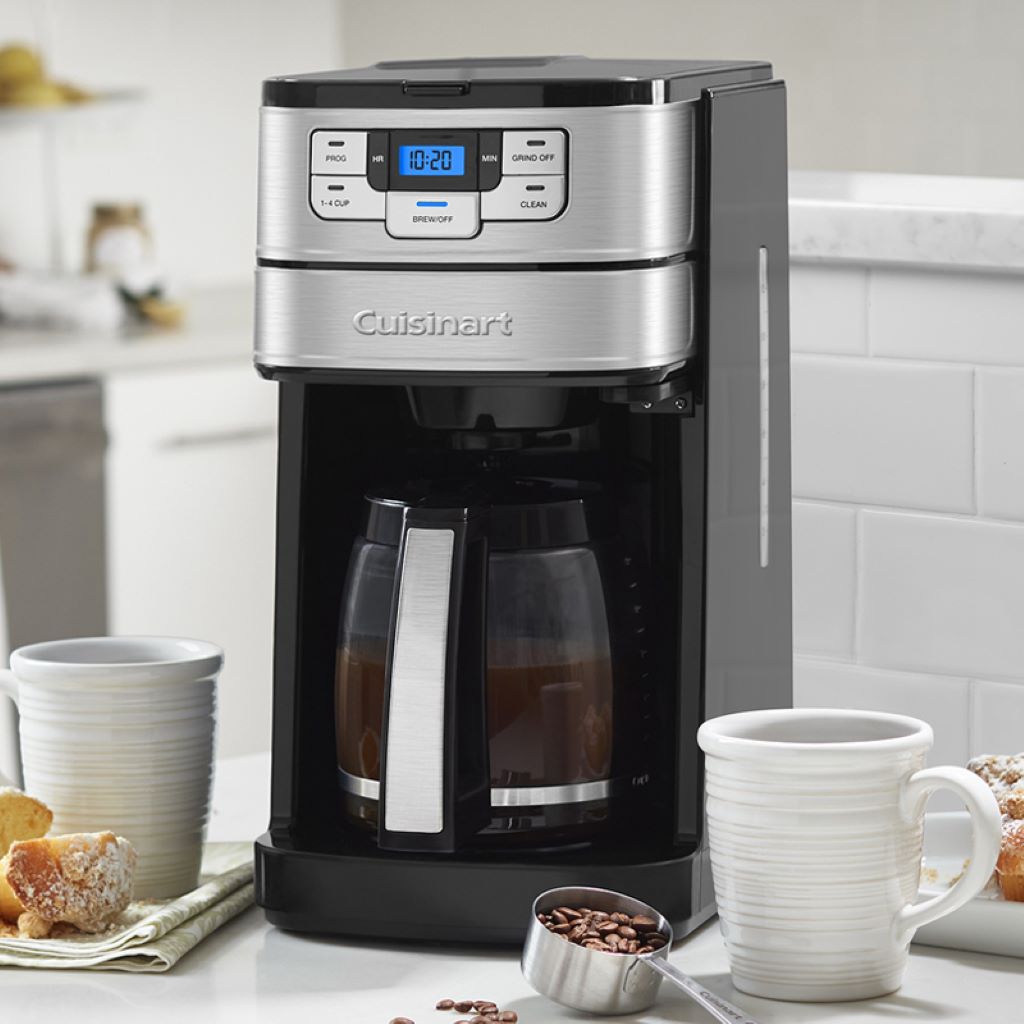There are appliances that you use now and then, others that you can’t do without every day. The kitchen hood is probably one of the most used in all Italian homes, given our culinary tradition. Of course, the more you use, the more maintenance it requires. And the hood requires special attention precisely because it is in direct contact with the food we eat every day. We’ve already talked about how to clean the refrigerator or how to make the dishwasher shine again. Today we focus on the kitchen hood cleaning tips to always have a perfect hood! The hood above your stove has two main elements that need to be cleaned regularly to maintain a high hygiene level in the kitchen: the grill and the filter.
Kitchen hoods cleaning
1. Clean the hood grille
The grill separates the hood filter and extractor fan from the rest of your kitchen. It is important to wash the outside surface of the grill as well as the inside.
For the outside, it is good to carry out a quick cleaning at least once a week, even simply by wiping it with a sponge soaked in soap. Alternatively, you can use vinegar or baking soda. After wiping with the sponge, remember to rinse and dry the hood with a clean cloth to remove encrustations and stubborn dirt. If you have some time, you can also let a solution of vinegar and water boil before you start, which will act as a natural disinfectant and make it easier to remove dirt from the surface.
For more thorough cleaning, you must also dedicate yourself to the grill’s internal side, for which it is necessary to remove it from the hood. The operation is usually not complicated: the grid is often simply inserted into the hood structure with special joints or, in some cases, fixed with a couple of simple screws. As always, if you have any doubts about how to disassemble it, read the instructions or rely on experts!
Once the grill has been removed, it must be washed. If you don’t have much space, simply use soap and water and a sponge. If you have the possibility, an excellent solution is to immerse the grill directly in hot water with the addition of vinegar and bicarbonate. For a few tens of minutes, if particularly dirty.
Once the grill has been perfectly cleaned and dried, you can move on to cleaning the filters.
2. Cleaning the hood filters
Cleaning the filters is also quite simple to do. However, a distinction must be made based on the type of hood your kitchen is equipped with.
Extractor hood
Your hood is an extractor if it communicates directly with the outside. In this case, the aspirated fumes are sent directly out of the room, outside the house. With this type of hood, the filter can be washed by hand or even in the dishwasher if it is not too dirty or encrusted.
Filter hood
If your hood is not connected to the outside, we are dealing with a filter hood, which works by purifying the air through a filter and returning it to the room. Thus, it is usually equipped with grease filters and, above all, with activated carbon, which are very effective in cleaning the air, but which cannot be washed without being damaged. For this reason, this type of filter simply needs to be replaced at regular intervals, generally about every 3 months.
3. Clean the outside of the hood
The eye, too, as we know, wants its part. And the first thing you see in a hood is its outer surface. This should always be polished, but steam, smoke, and daily grease splashes don’t always make cleaning that easy.
Our advice is to dedicate yourself to cleaning the outside of the hood once a week while cleaning the rest of the kitchen. It is sufficient to use a common universal degreaser and a sponge for cleaning or the most suitable product for the type of material your hood is made of. As a further option, you can dilute some baking soda or vinegar in a little water and use this solution if there are not too many residues of grease deposited on the hood’s surface.
How much does the kitchen hood consume?
Sometimes we make the mistake of thinking that we can save a little on the electricity bill by not turning on the hood. In reality, the hood’s consumption is minimal and by leaving the extractor off, we risk that smoke, oil, and dirt settle on the surface of the hood, on the kitchen shelves, on the stoves, on the tiles, and on the floors. This, in addition to ruining the surfaces, forces us to do an extra cleaning job. In short, saving a few cents on your bill and spending the same amount on detergents and extra cleaning doesn’t make much sense!


